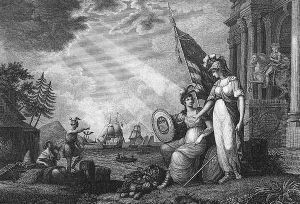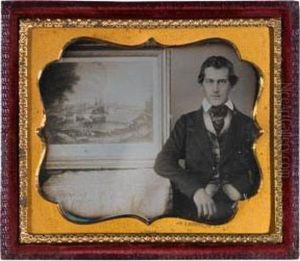Benjamin Tanner Paintings
Benjamin Tanner was an accomplished engraver and the father of renowned African American artist Henry Ossawa Tanner. Born in Pittsburgh, Pennsylvania, in 1775, Benjamin was part of a family of achievers; his brothers included a minister, a doctor, and a publisher.
In his early years, Tanner developed an interest in art and specifically in engraving. He moved to New York City, where he worked as an apprentice under Cornelius Tiebout, a well-regarded engraver of the time. Tanner honed his skills in this meticulous craft, which involved engraving images onto metal plates that could then be used to print illustrations in books, magazines, and other publications.
By the late 18th century, Tanner had established himself as a skilled engraver and moved to Philadelphia, which was a hub for artists and intellectuals in the early United States. There, he became associated with the intellectual and abolitionist circles of the city. His work often reflected his personal beliefs, including his staunch opposition to slavery.
In addition to his engraving work, Tanner became an entrepreneur. He founded the Tanner's Bank Note List, a publication that provided information on the legitimacy of various banknotes in circulation, which was a significant issue in a time when many different banks could issue their own currency.
While Benjamin Tanner is known for his contributions to the field of engraving, he is also remembered for his role in nurturing the artistic talent of his son, Henry Ossawa Tanner. Henry would go on to become one of the most significant African American artists of the 19th century, receiving international acclaim for his paintings that depicted both religious themes and the lives of African Americans.
Benjamin Tanner passed away in 1848, leaving behind a legacy of artistic achievement and a family that continued to break barriers in the arts and society.

